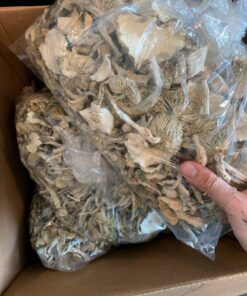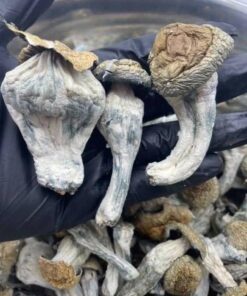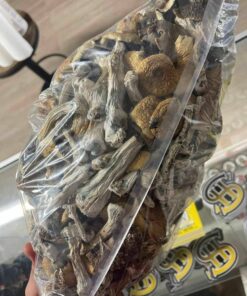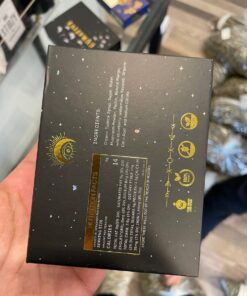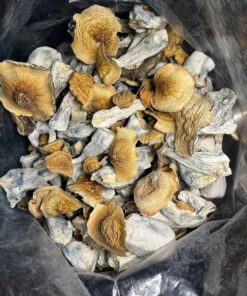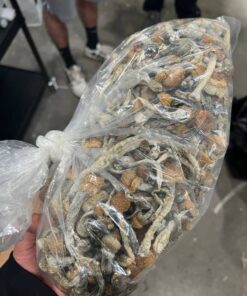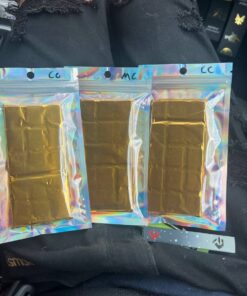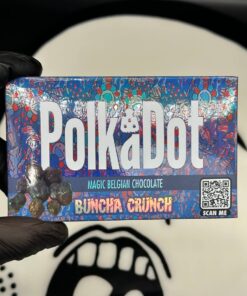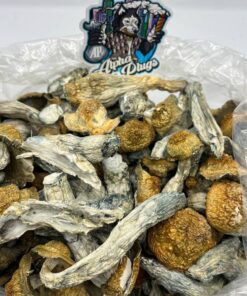Description of Mushrooms
Mushrooms are fungi that come in a variety of shapes, sizes, and colors. Unlike plants, they don’t require sunlight to make food and instead absorb nutrients from organic matter, such as decaying wood or soil. Commonly seen mushrooms are characterized by a cap, gills or pores underneath the cap, and a stem, though there are many other varieties with different structures. Mushrooms are found in various habitats across the world, from forests to grassy fields. Some mushrooms are edible and prized for their culinary uses, while others are toxic or even deadly if consumed.
Mushrooms play a critical role in ecosystems by helping decompose dead plant material and returning nutrients to the soil. They can also form symbiotic relationships with plants, helping them absorb water and nutrients. Beyond their environmental importance, mushrooms are used in medicine, especially in traditional Eastern practices. Some species are cultivated for their nutritional benefits, such as being rich in protein, fiber, and essential vitamins.
Frequently Asked Questions (FAQ) about Psilocybin Mushrooms
- What are psilocybin mushrooms?
- Psilocybin mushrooms are fungi that contain the psychoactive compounds psilocybin and psilocin. When consumed, these compounds produce hallucinogenic effects, often referred to as a “trip,” which can include changes in perception, mood, and consciousness.
- What are the potential therapeutic benefits of psilocybin mushrooms?
- Research is exploring the potential benefits of psilocybin for mental health conditions such as depression, anxiety, PTSD, and addiction. Clinical studies suggest that psilocybin can help reduce symptoms of depression and anxiety, especially in cases of treatment-resistant depression, and may also assist in smoking cessation and reducing alcohol dependence.
- Are psilocybin mushrooms addictive?
- Psilocybin mushrooms are not considered physically addictive, and users do not typically experience withdrawal symptoms after stopping use. However, frequent use can lead to tolerance, meaning higher doses are needed to achieve the same effects. Psychological dependence can occur in some individuals.
FAQ:
General Information
- “Psilocybin mushrooms contain the psychoactive compounds psilocybin and psilocin.”
- “Known for their hallucinogenic effects, psilocybin mushrooms have been used in spiritual and religious practices.”
- “Psilocybin mushrooms can alter perception, mood, and cognition, leading to a ‘trip.'”
- “Common varieties include Psilocybe cubensis, Psilocybe semilanceata, and Psilocybe azurescens.”
- “Psilocybin mushrooms show promise in treating depression, anxiety, PTSD, and addiction.”
- “Clinical studies suggest psilocybin may help with treatment-resistant depression.”
Addiction and Tolerance
- “Psilocybin mushrooms are not physically addictive, though tolerance can build with frequent use.
Preparation and Consumption
- “Psilocybin mushrooms can be consumed raw, dried, in tea, or mixed with food.”
- “Dosing should be measured carefully to avoid accidental overconsumption.”
These phrases highlight the key aspects of psilocybin mushrooms and their effects, uses, and safety considerat
General Information
- “Mushrooms are fungi that absorb nutrients from organic matter rather than photosynthesizing like plants.”
- “They come in various shapes, sizes, and colors, with common features like caps, gills, and stems.”
- “Mushrooms play a vital role in ecosystems by decomposing organic material and recycling nutrients.”
Types of Mushrooms
- “Mushrooms are categorized into edible, poisonous, and medicinal varieties.”
- “Common edible mushrooms include button, shiitake, and portobello, while some mushrooms are highly toxic.”
Health Benefits
- “Mushrooms are low in calories but rich in nutrients like B vitamins, selenium, potassium, and fiber.”
- “Some mushrooms possess medicinal properties, supporting immune health and reducing inflammation.”

